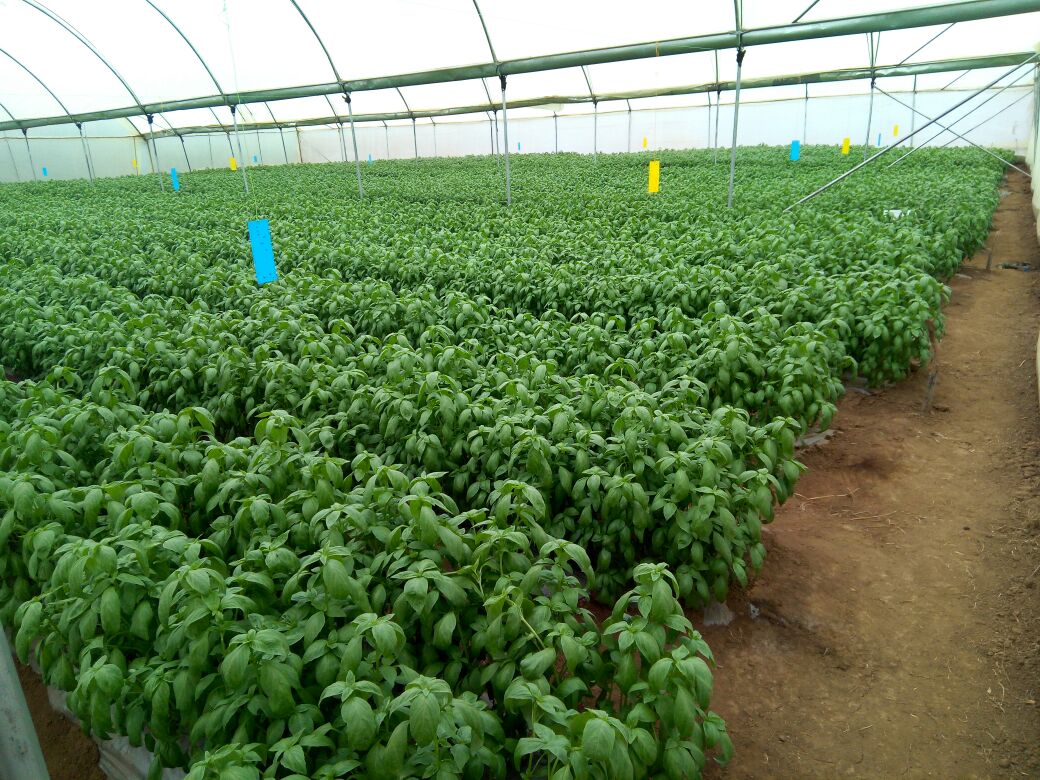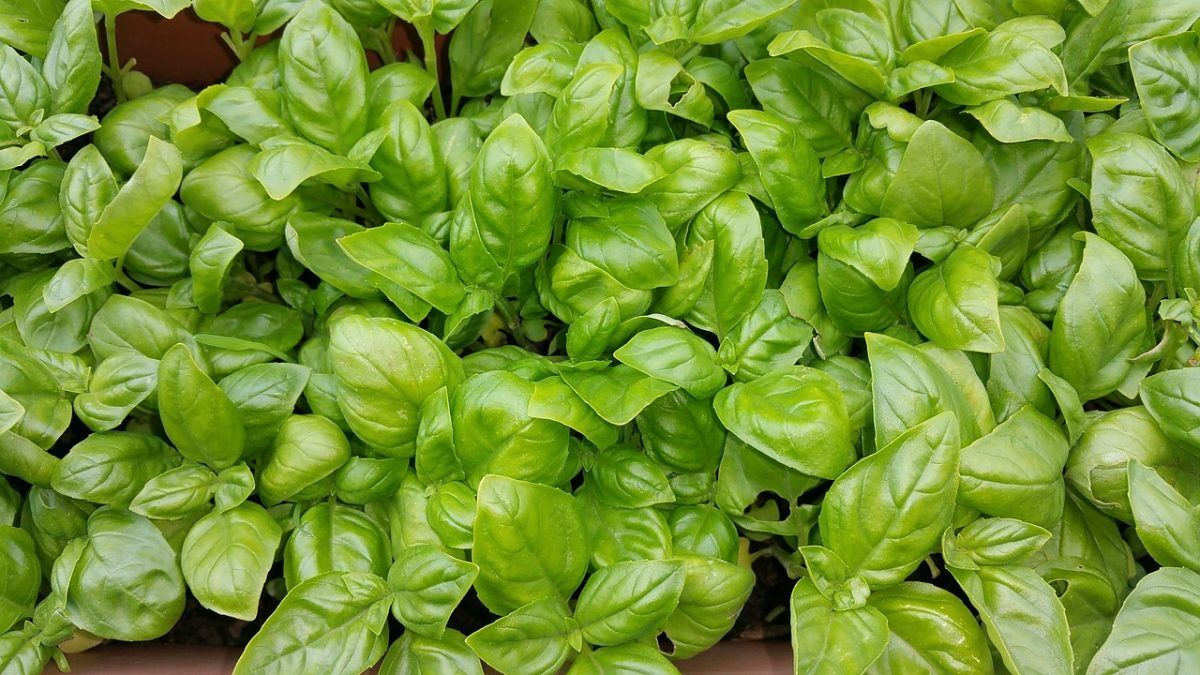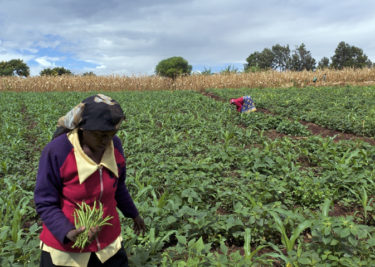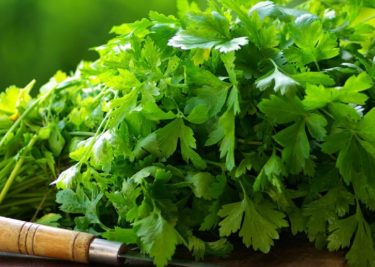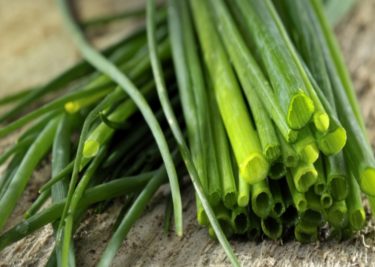A Herbal Affair

Photo Copyright: Olga's Flavor Factory
The strong, sweet, somewhat menthol aroma of basil makes it a popular spice for chefs. Popular in Thai or Mediterranean dishes, it’s the finishing touch – or completing spice for a lightly-seasoned meal.
Growing basil is pretty simple. One needs a reasonably-sized shamba and finances to put up a small greenhouse as well as for the purchase of seedlings. One also needs to consider the climate of the area of choice because like all agricultural crops, basil has its stringent weather conditions for healthy growth. Luckily, our location on the equator that gives us ample hours of sunlight and enough rainfall makes Kenya an ideal location for this crop.
Basil production begins with the planting of seedlings in a nursery where they are carefully managed through daily watering for two weeks. Seedlings are then considered ‘independent’ and can be moved to rely on the weather conditions of the mentioned areas to sustain them. It takes about eight to ten weeks from planting to harvest, with the end result being a plant that is six to 36 inches tall depending on its type.
Kenya is known to grow and export three types of basil. Sweet basil, considered ideal for cooking, is the most preferred variety, the African Blue basil is the perennial type and Organic Camphor basil is the final type grown locally and among the components in the manufacturing of insecticides.
Only a fraction of the basil grown locally is consumed in Kenya, while almost 90% is sent to Europe for consumption there. This little herb packs a powerful punch for the pockets of farmers entrepreneurial enough to take a chance. A kilo is sold for about Ksh 200 and farmers with at least a quarter acre can harvest as much as 40-50kgs in those two-month cycles.
- Photo Copyright: Sadiki Growers
- Photo Copyright: Agriorbit
- Photo Copyright: Olga’s Flavor Factory

